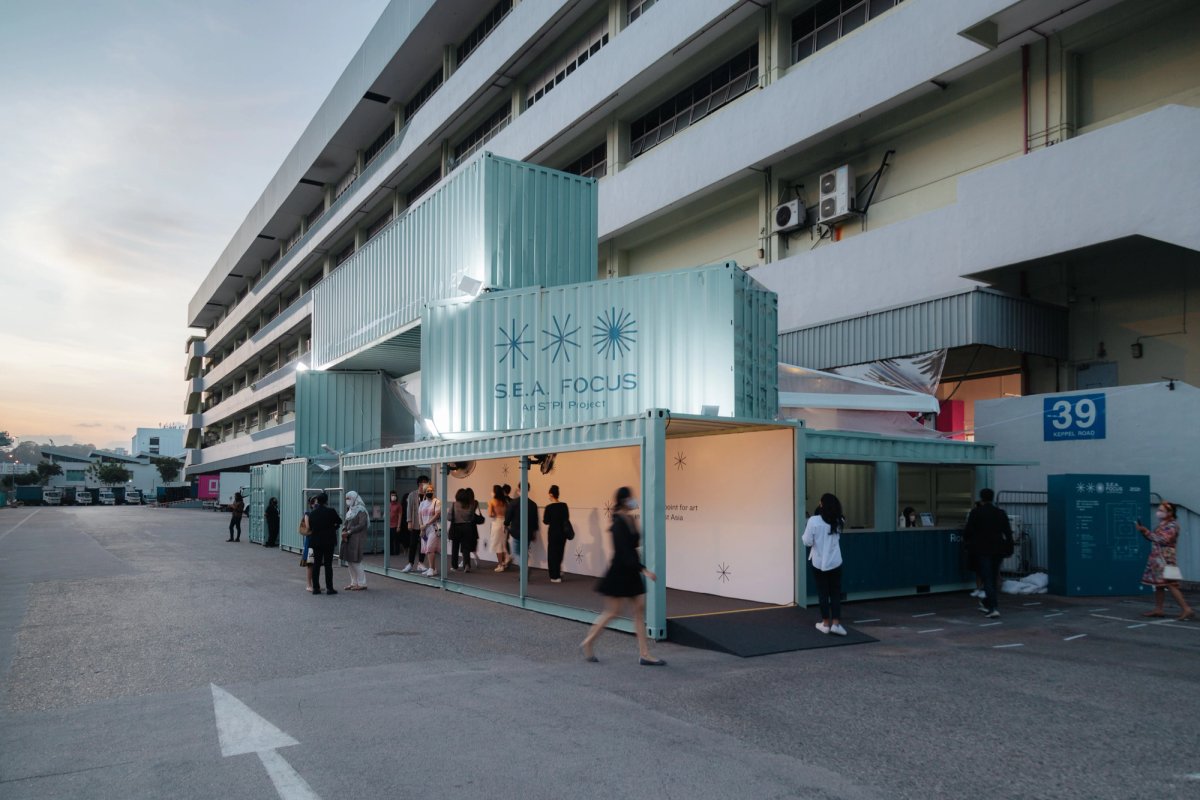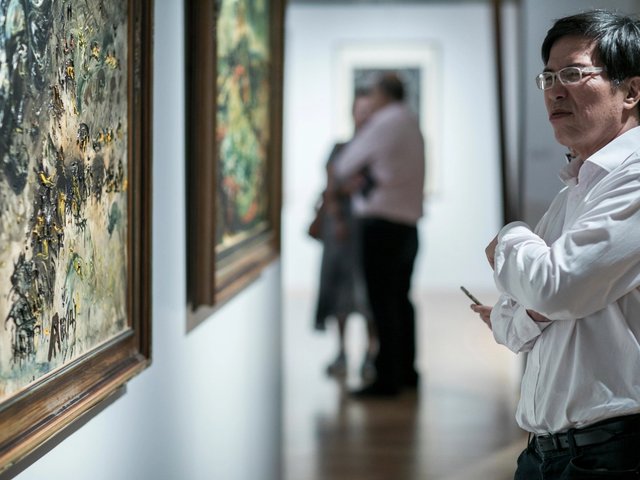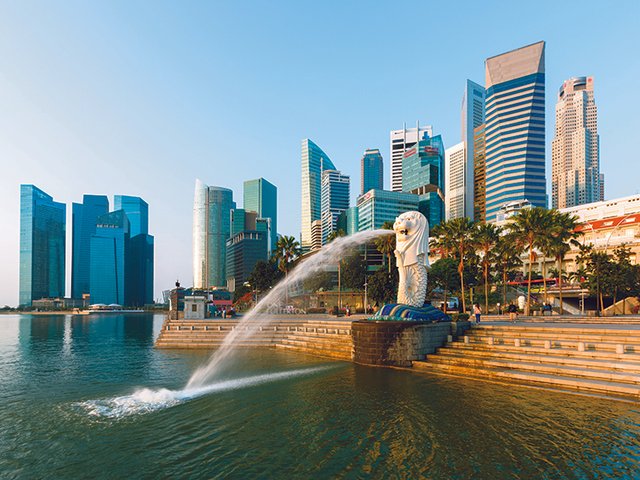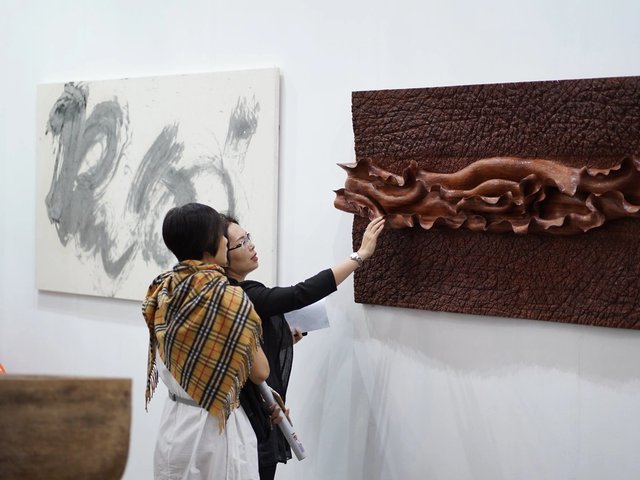Art Basel has announced that it will partner with Singapore’s regional fair S.E.A. Focus starting with their upcoming edition in January (15 to 23).
As with its partnership with next month’s Art Week Tokyo (4 to 7 November), Art Basel's role will be to help and "hold their hands", according to Adeline Ooi, Art Basel's Asia director. "It is [their] events, but we can share our experiences, guide and advise.”
Ooi stresses that the new collaborations in no way weaken Art Basel’s commitment to Art Basel in Hong Kong. “No, we are not moving. There is no Art Basel Singapore,” or Seoul, or Shenzhen, in the works. “Our flagship remains in Hong Kong." Ooi adds "We are not talking to Art Busan,” or other rumoured partners. “It’s healthy to let regional platforms flourish on their own, and there can be more than one. We have the audience here,” to sustain that. “Our plan is to keep moving ahead with the Hong Kong show. We are currently formalising the gallery list, and then working on the VIPs and the hybrid section. Preparation is in full swing.”
Art Basel has been approached with offers to collaborate over the years, but since 2020 and Covid prompted them to “examine what might be the best thing for ourselves, and for our envisioned role for ABHK as, beyond bridging East and West, bringing Asia closer together. Therefore it feels like the right thing right now,” Ooi says. “There is a beauty in working together, and finding different models and ways to benefit the galleries. If it is always an art fair, we have to question is that sustainable, and more fairs puts more pressure on galleries.”
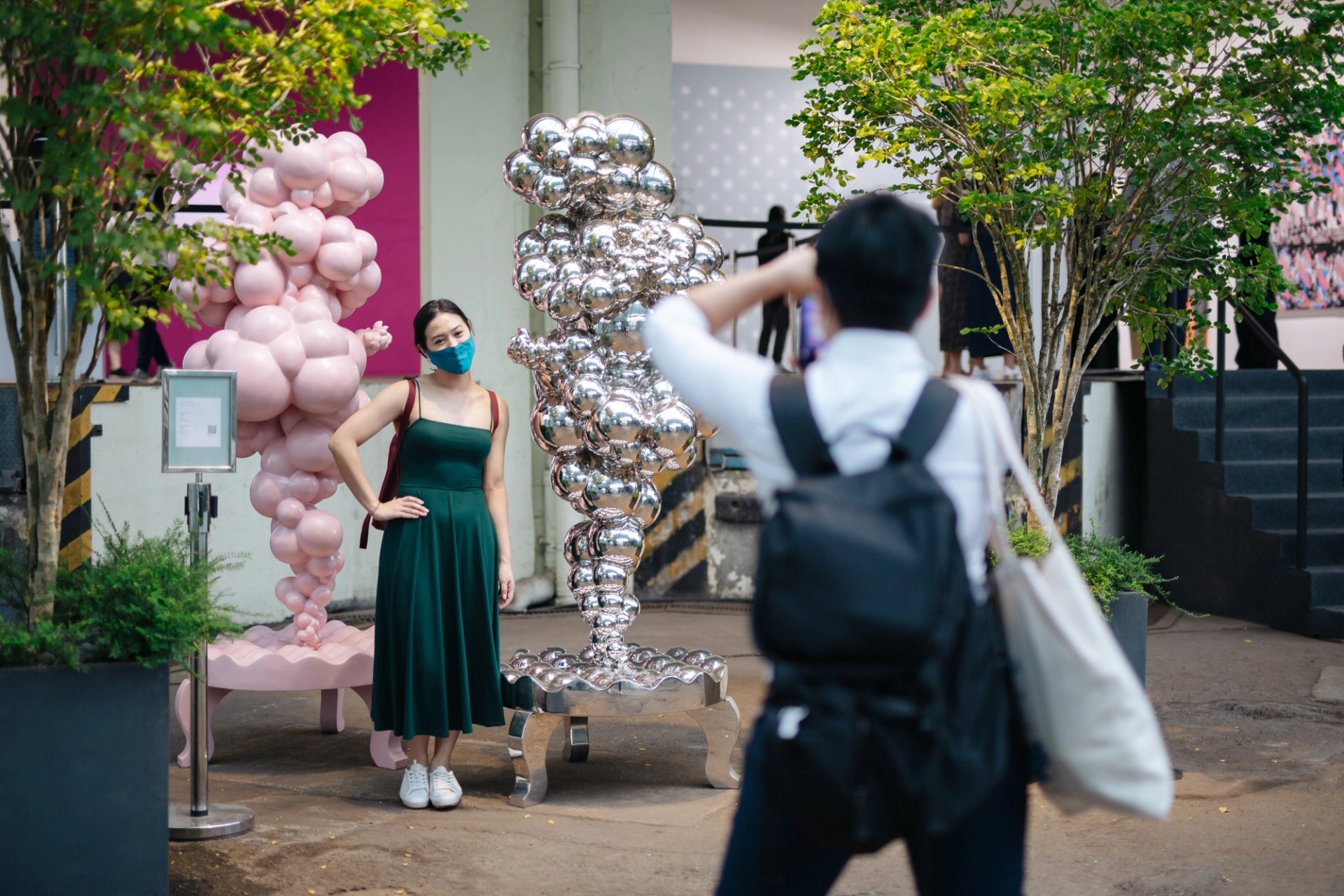
Art Basel says its role in the Singapore fair will be to help and "hand hold"
Courtesy of SEA Focus
Art Week Tokyo felt like a good fit, Ooi says: “A large percentage of our ABHK participants are from Tokyo, it is the third largest group after mainland China and Hong Kong,” averaging around 25 galleries. “Both events have very capable people, but we can amplify their efforts…We are here to answer questions, about things like logistics and communication,” appealing to international press and VIPs, “and what not to do. We’re not experts on Tokyo, or Singapore, but we are experts on large events. We don’t want to Art Baselise the whole thing.”
Terms of both collaborations are year-by-year, Ooi says. “We approach it like dating, and try it for one year first, and see. We are keeping things open, adopting a more fluent and adaptable approach.” Ooi adds that the partnership will not alter S.E.A. Focus’s model, in unconventional spaces and showing only artists connected to Southeast Asia, and its direction remains in the hands of STPI Creative Workshop & Gallery and S.E.A. Focus director Emi Eu. “The format is quite interesting, not a white walls and booths format, but an exhibition format highlighting the artists.”
“The region is rich and dense, but it is challenging for people to understand even what Southeast Asia means,” says Ooi. “Singapore and Southeast Asia are super interesting, with so much art history and practice that have yet to be explored. It is not one region, and so fragmented, because not one language or region or political situation. With the post-colonial context as the background, there is such a mélange of histories.” To navigate that, “one must understand the history and identity and politics, which artists here sink their teeth into,” as well as the “the wider Asia connection, due to migration.”
A succession of political shifts continues to disrupt artistic discourse in the region. “It is not easy to advance. So, kudos to S.E.A. to focus on that,” says Ooi. “If Tokyo and S.E.A. are successful, it is for the greater good of Asia, and building for our shared future.”


